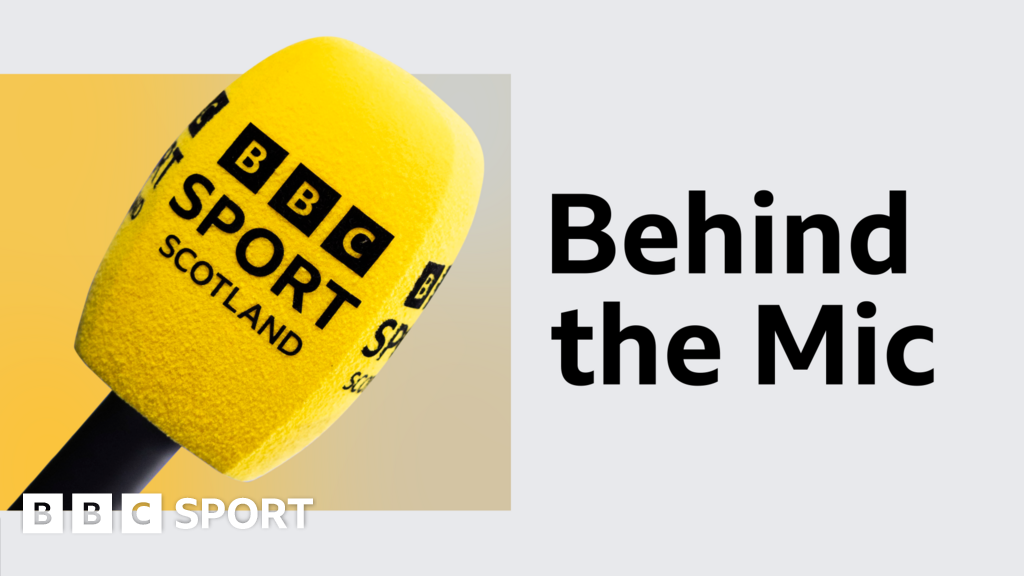World
Why did we decide to investigate Scotland’s universities?

St Andrews is oldest, with origins going back to 1413 – the year after Joan of Arc was born, two years before the Portuguese capture of Ceuta sparked the beginning of European colonial empires, and decades before Columbus ‘discovered’ the Americas. The university existed before the printing press and Da Vinci’s parachute, and had been welcoming students for a century by the time Copernicus first proposed that the earth revolves around the sun.
Famous students of Scotland’s universities include people who changed the world such as Adam Smith, Charles Darwin, James Watt, John Logie Baird and many more.
But universities are also a huge part of our nation’s present. Today, the country has 19 of them, with the youngest being the University of the Highlands and Islands (UHI). The list also includes the world-leading Royal Conservatoire of Scotland (formerly the RSAMD), the Glasgow School of Art, and Scotland’s Rural College (SRUC).
Scotland has a highly-educated population – by some measures, the best-educated in Europe – and increasing numbers of school leavers have been able to go to university. It also stands apart from the rest of the UK by operating a system of free university tuition that, although normal in many European countries, serves as a major practical and political distinction between this nation and those with whom it shares the British Isles.
Indeed, this is such a powerful political issue that the former First Minister, Alex Salmond, once said that “the rocks will melt with the sun” before he would “allow tuition fees to be imposed on Scotland’s students” – and then he actually had a rock engraved with those words installed on the grounds of a university campus. It has now been removed.
Scotland’s university sector is, according to some, stronger than ever, and yet it also faces increasing questions about its future.
For some, the recent expansion in university places is in fact part of the problem. They believe that too many people now go to university, generating unnecessary expenses for society and individuals while devaluing degrees, and that post-school destinations should be rebalanced towards colleges, apprenticeships and employment.
The more pressing concerns, however, are financial and, in some cases, existential: how much money do universities have, how much do they need, and how secure is their future? As we discovered during our investigation, this situation is far from unique to Scotland, but it is still one that will have to be addressed by policymakers and taxpayers in this country.
For some, the answer to all of this is the introduction of university tuition fees, either in the form of an up-front charge or something more like the graduate endowment that previously applied in Scotland.
However, the SNP, Scottish Greens, and Scottish Liberal Democrats all say that they support free tuition and don’t plan to change that position.
Read more:
Investigation suggests extent of ScotGov university funding shortage
University funding: International fees crucial but unreliable income
The importance of international students to Scotland
No one knows what a university education costs, and that’s a problem
Scottish Labour’s most recent manifesto said that the party “remains committed to free tuition for Scottish students attending Scottish universities”, and we were told that this position remains unchanged – although the party would not go so far as to confirm that this will definitely still be the case at the next Holyrood election.
As for the Scottish Conservatives, they told me that they don’t currently support tuition fees and have no plans to introduce them, but the party’s finance spokesperson – in a blog post for secretive lobbying group Reform Scotland – has previously called for a debate about university funding and backed ‘some sharing of the cost’ between the state and individual students.
With an election due in 2026, and no sign that funding problems are likely to ease any time soon, questions about the future of the universities will only become more pressing, but despite the considerable space that the sector occupies in our national discourse, there is a great deal of data missing from the discussion.
When considering access to university, for example, the debate is often based on the Scottish Government’s data on school-leaver destinations; however, those stats actually show access to higher education (HE), not university, and what many people don’t realise is that a significant proportion of HE in Scotland actually happens in colleges. Other data is available, but you need to know where to look, who to ask, and how to handle it – and even then it isn’t as thorough as one might hope.
But that is nothing compared to the issues with financial data for universities.
When we set out to investigate the state of the sector’s finances, we expected to find two things either already available or easily worked out: the first was the gap between what universities need to teach degree programmes and what they receive from public funding; the second was the cost of delivering specific degrees. We were wrong on both counts.
Another important gap in the record is the degree to which individual institutions’ circumstances impact the usefulness of the data that is available. Even looking at the same data sets, including the same financial statements with the same categories and the same definitions, the variation in university structures, goals and enrolment patterns means that attempts at direct comparison often need an appendix of caveats.
What is clear, however, is that major questions surround the future of university finances, but that nobody – including government officials and sector leaders – seems to have the raw figures they would need to discuss concrete solutions in an open and democratic way.
That has to change. The last attempt to quantify and address funding gaps in higher education took place almost fifteen years ago, and there is clearly both a need, and an appetite, for the matter to be revisited.
We hope that our investigation into the future of Scotland’s universities can help to start that crucial conversation.










